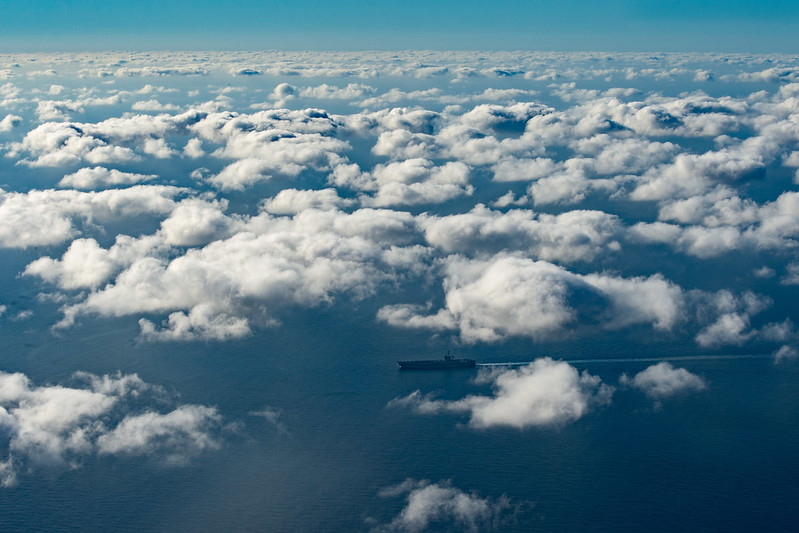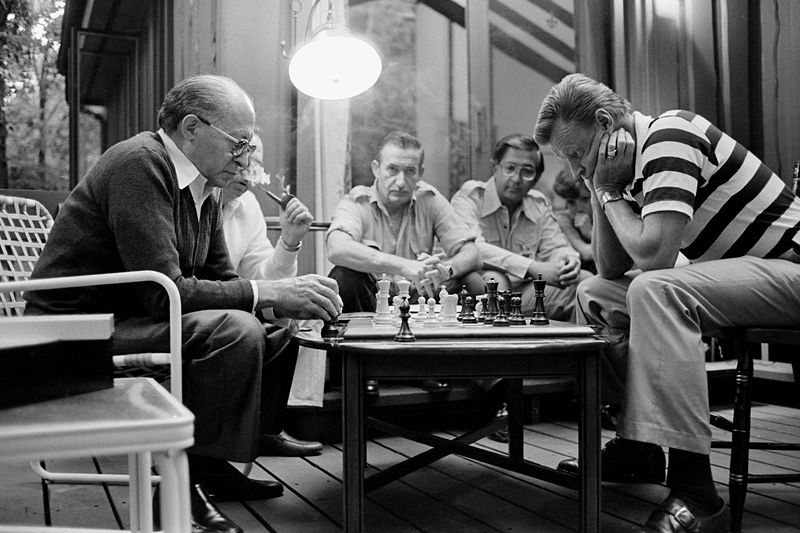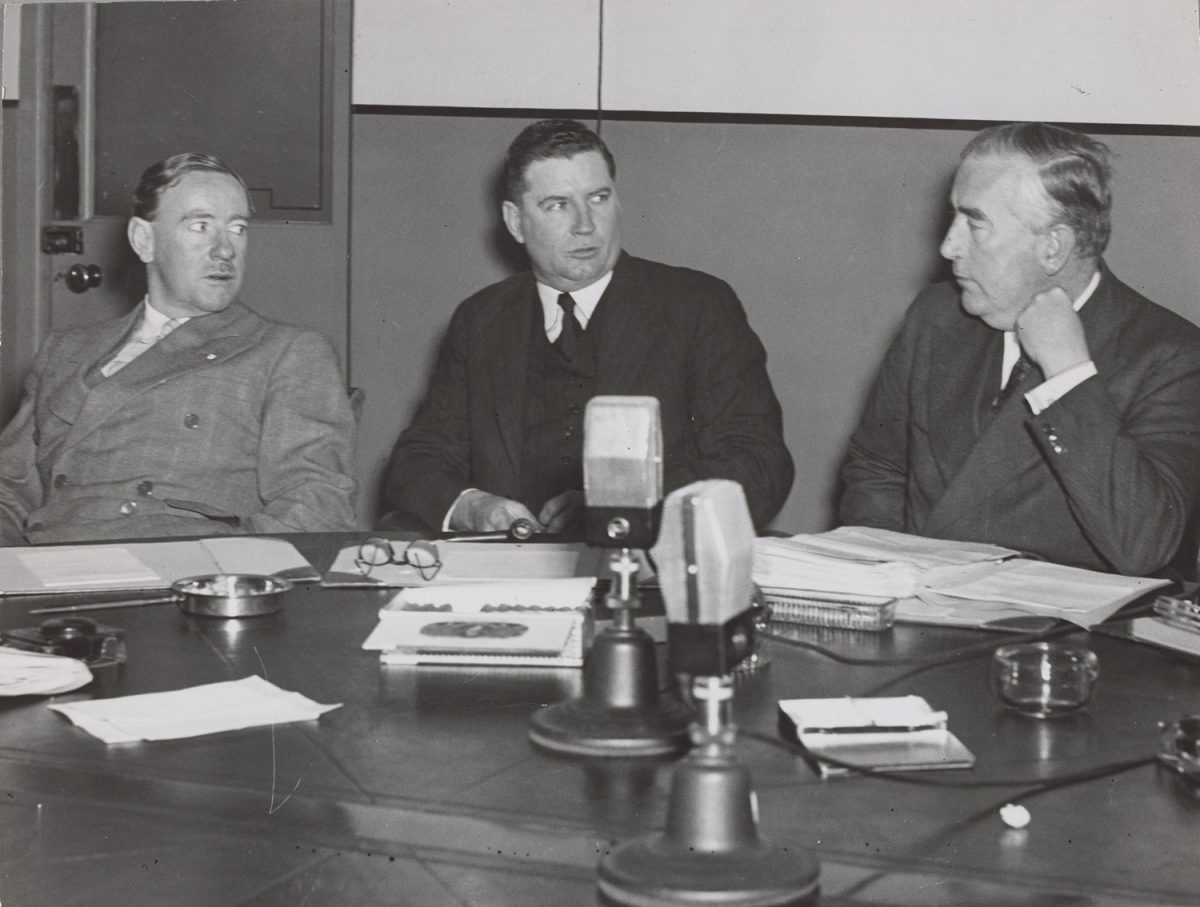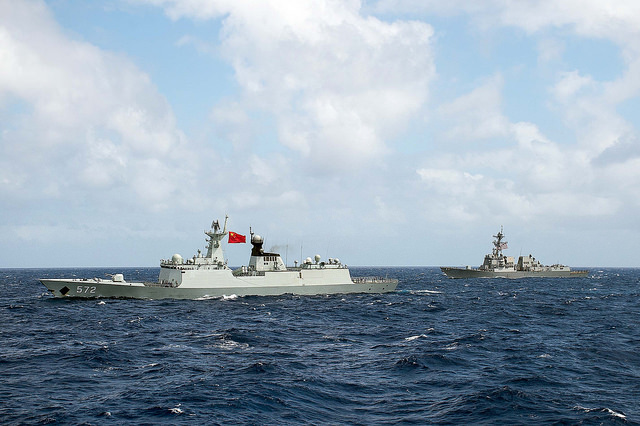Covid rocks the status quo

‘Ch-ch-ch-ch-changes (Turn and face the strange)
Ch-ch-changes
Don’t want to be a richer man
Ch-ch-ch-ch-changes (Turn and face the strange)
Ch-ch-changes
There’s gonna have to be a different man
Time may change me
But I can’t trace time’— David Bowie, ‘Changes’, 1971
The pandemic has forced us to turn and face the strange.
Covid-19 changed the way we work and live and how we think about health and travel and economics and government (especially competent government).
In the world of geopolitics, though, 2020 doesn’t rank beside the years when everything changed: 1914, 1939, 1989 and 2001. Nor, in the world of geoeconomics, does it rank with 1930.
Like Bowie’s phrasing of ‘Ch-ch-ch-ch-changes’, the pandemic has been a stuttering time. Much has been shifted and buffeted, and much has been lost.
As always in geopolitics and geoeconomics, some have made relative gains (stress relative) among the changes. This column offers some relative winners, plus a big loser: multilateralism.
One big win for the world is something that failed to happen: we didn’t topple into another great depression (that’s why 2020 doesn’t rank with 1930). Governments and central banks seldom get thanks for what doesn’t happen, but this was a considerable achievement. So, thanks for spending all those billions.
As Australian financial journalist Alan Kohler argues, one reason to be optimistic is that ‘governments everywhere are spending whatever it takes and printing money to pay for it (although the debt is briefly laundered in private ownership before being bought by central banks, to preserve the fiction that central banks aren’t directly funding government spending)’. Macroeconomics has met modern monetary theory and so far the inflation monster hasn’t moved.
East Asia clearly ranks among the relative winners. Here was a further signal moment emphasising the end of the Vasco da Gama era of Western ascendancy over Asia. That era of Western intrusion and command had a neat 500-year span. Start date: July 1497, when da Gama left Portugal to become the first European to sail around the Cape of Good Hope and reach India. End date: midnight, 30 June 1997, when Hong Kong reverted to China.
The pandemic polishes a point that’s now a truism: power is shifting from West to East.
Whether democracy or dictatorship, East Asia had the governments, social capital and technology to confront a threat that confounded Europe and the US. This was about competence, not ideology. Even East Asia’s worst public-health performers controlled the pandemic more effectively than the biggest and wealthiest countries in the West.
As The wake-up call argues, Covid-19 exposed weaknesses in the West:
[T]he East’s success with coronavirus is not a lucky accident: it is the result of a change that has been several decades in the making. Asia had the technology to deal with the disease—especially in its ‘intelligent cities’ that use smart infrastructure to manage urban life better. It had the trust of its citizens.
The West-to-East fact leads to a surprising winner: Xi Jinping and the Chinese Communist Party. The country where the virus erupted has done okay on the geopolitical scorecard. And the latest forecasts predict China will overtake the US economy in real terms later this decade.
Yet at the start of 2020 it seemed possible that Xi and the party had lost the mandate of heaven. For a brief moment, popular anger at government cover-up and denial vented publicly. Xi was a rattled leader frantically doing damage control. But Xi’s ‘China dream’ didn’t turn to nightmare, and the leader-for-life looks to have a new lease of life.
Xi is a winner despite Covid. Joe Biden is a winner because of Covid. Without the pandemic, Donald Trump would now be in his second term in the White House. The brutal truth is that 400,000 Americans had to die to dispose of an incompetent leader.
The arrival of the 46th president sent me into all the Obama-era books for sightings of Vice President Biden. Most striking was the view from Robert Gates, a Washington insider who served as defence secretary for both Republican and Democrat presidents.
Gates jests that on a rare occasion when he agreed with the vice president, he immediately rethought his position. Here is Gates’s portrait of Biden:
Joe is simply impossible not to like. He’s down to earth, funny, profane, and humorously self-aware of his motormouth. Not too many meetings had occurred in the Situation Room before the president started impatiently cutting Biden off. Joe is a man of integrity, incapable of hiding what he really thinks, and one of those rare people you know you could turn to for help in a personal crisis. Still, I think he has been wrong on nearly every major foreign policy and national security issue over the past four decades.
Pray that Joe lifts his batting average, dealing with a global order that’s ‘slowly slipping away from the US’.
Coronavirus has turbocharged nasty trends already bashing against what Australia and others call the ‘rules-based global order’.
In 2016 and 2017, Canberra was loud and insistent—even a bit passionate—about rules and order. The tone now is a resigned nod to reality, as expressed in the 2020 defence strategic update:
Confidence in the rules-based global order is being undermined by disruptions from a widening range of sources. Major power competition has intensified and the prospect of high-intensity conflict in the Indo-Pacific, while still unlikely, is less remote than in the past.
The sage response from Singapore’s Bilahari Kausikan is that we’re returning to ‘a more historically normal period of a divided and contested international order’. As ever, he says, ‘rules-based order’ is a conditional term, dependent on the perspective of the user: ‘Still, no one will discard the term … It is a diplomatic tool rather than a term with an exact or stable meaning. It is useful as a diplomatic tool precisely because it is ambiguous.’
Covid-19, in the words of the International Institute for Strategic Studies, has ‘accelerated the atomisation of international society’ as ‘multilateralism melted into competitive unilateralism’. The IISS strategic survey judges:
The pandemic will have enduring effects on geopolitics. International suspicion is rising and trust is in limited supply. Strategic adventurism by some states further unsettles the status quo. The world will enter a period of even greater strategic flux. Diplomatic and security crises will erupt regularly with only intermittent and unsatisfactory efforts to resolve them.
Ch-ch-ch-ch-changes … turn and face the strange.









